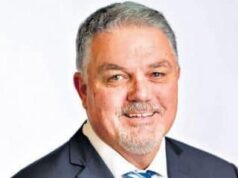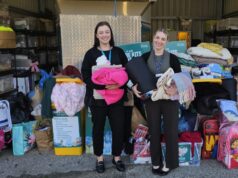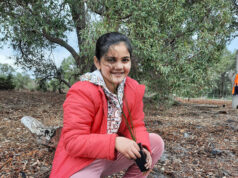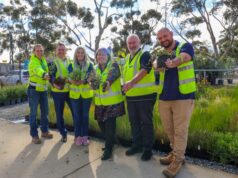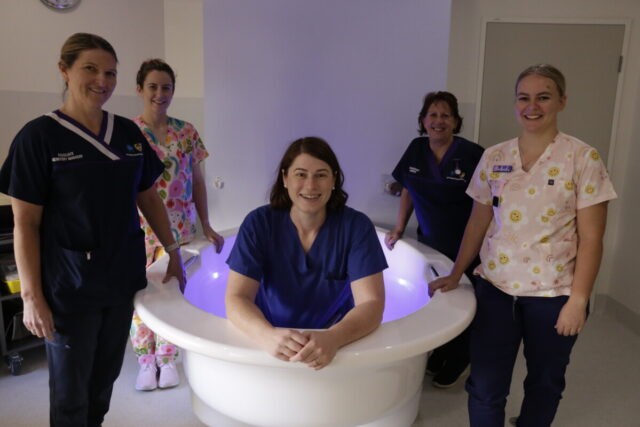
Armadale hospital staff have celebrated the first baby born in their brand-new permanent water birthing suite.
Sophie Stevens welcomed her daughter Kyra on May 13, immersed in the warm water of the birth pool.
Ms Stevens said it was “an awesome experience”, and thanked the midwifery team for supporting her through the birth.
“If I were to have another baby, I would definitely use the birthing pool again,” she said.
Women have been supported to choose a water birth at the Armadale hospital for about a decade.
But until this month, water births and water immersion during labour occurred in a blow-up tub.
The new water birthing suite is double the size of a land-birthing room, and features a large high-tech porcelain bath from Europe, which can be temperature controlled, has ambient lighting, a seat or perch to support different birthing positions, and a Bluetooth speaker for customised playlists.
Fairy lights twinkle above the bath, and most medical equipment is hidden out of sight to create a calming space, free from the usually clinical vibe of a hospital.
Creating a soothing space for birthing mothers is critical to birth outcomes because, as most who have given birth can attest to, labour is a marathon battle with your own mind.
Health Minister Amber-Jade Sanderson officially opened the suite on April 21 and credited the hospital staff and their strong advocacy as the driving force behind the new addition.
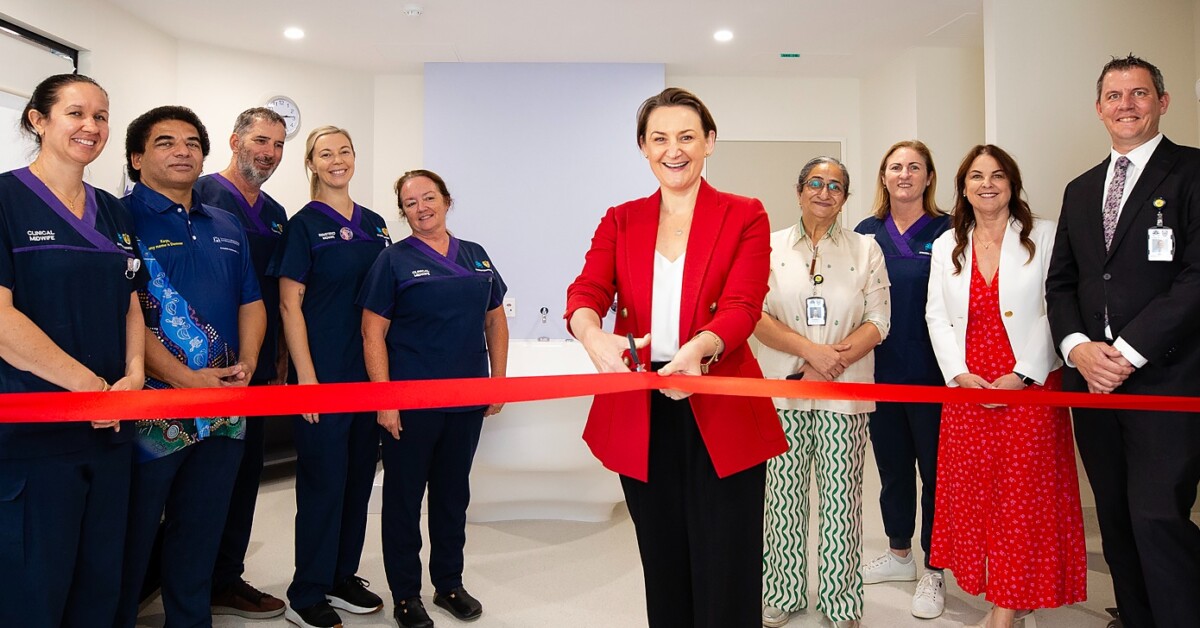
“With over 2,500 births annually, Armadale hospital’s upgraded birthing suite offers local women more choices when giving birth,” she said.
“Thanks to staff advocacy, the permanent water birth facility means that water birthing is now a viable option for the southern suburbs.”
Midwifery manager Shannon Scari said it’s a choice “that all women should have”, and the new tub would support maternity staff in the provision of “women-centred care”.
She said staff were excited to see the bath in action, with over 80 percent completing relevant training within weeks of its installation.
“They’re all eager to get on board,” she said.
Armadale Health Services houses the largest Level 4 (low to medium risk) maternity service in the country and boasts some truly remarkable statistical achievements.
Women having their baby at Armadale experience lower rates of caesarean section than at most other comparative services, with Armadale’s rate of 32.1 percent being the fifth lowest across Australia.
Armadale’s maternity care team is also achieving low rates of maternal adverse outcomes, including the third lowest rate of perineal tears (at 1.8 percent), and below average rates of significant postpartum haemorrhage for both vaginal births and c-section births.
Babies born in Armadale are the most likely in the country to be healthy at birth, with less than one percent recording an Apgar score of less than seven, five minutes post-birth.
As a result, only around six percent of babies require admission to the nursery, compared with a national average of 12.5 percent.
The hospital also has the second highest rate (of Level 4 units across Australia) of babies being born after 39 weeks’ gestation, which is the optimal time to ensure the health and wellbeing of the baby into childhood.
These amazing results can only be enhanced by the addition of the hospital’s first permanent water birth suite, which staff are hoping will become two before long.

It’s frustratingly difficult to find accurate numbers of water births in Australia as there’s currently no research or statistics published publicly.
But a growing body of research has found that water births lead to improved health outcomes for both mothers and babies.
Studies have shown an association between water births and the decreased likelihood of medical interventions like inductions, instrument delivery, episiotomies and c-sections. Others have shown water labour also relieves pain, decreasing the use of medications – a fact that even the Royal Australian and New Zealand College of Obstetricians and Gynaecologists has acknowledged.
There are reports which show lower rates of perineal tearing and post-partum haemorrhage amongst those women who have birthed in water.
Randomised trials have also found that babies born via water birth had substantially lower risk of meconium in the amniotic fluid, and better Apgar scores.
“We do not know exactly why these outcomes are better with water birth. It’s possible that water birth may affect newborn health because of the increased likelihood of a smoother birth with fewer interventions and complications. There may also be better outcomes because only the lowest risk babies are born in water,” Evidence Based Birth’s Dr Rebecca Dekker said.
Likewise, women permitted to birth in water have low-risk pregnancies, so the favourable statistics of water births are often challenged.
Regardless, women who have had water births regularly report higher satisfaction levels and less birth trauma than those who have birthed on land.
For the staff at Armadale hospital, however, it all comes down to options and a woman’s right to choose.
“It [the new pool] is an excellent addition as we continue to serve the women of Armadale in their birthing choices,” Executive Director of Armadale Health Services Neil Cowan said.




